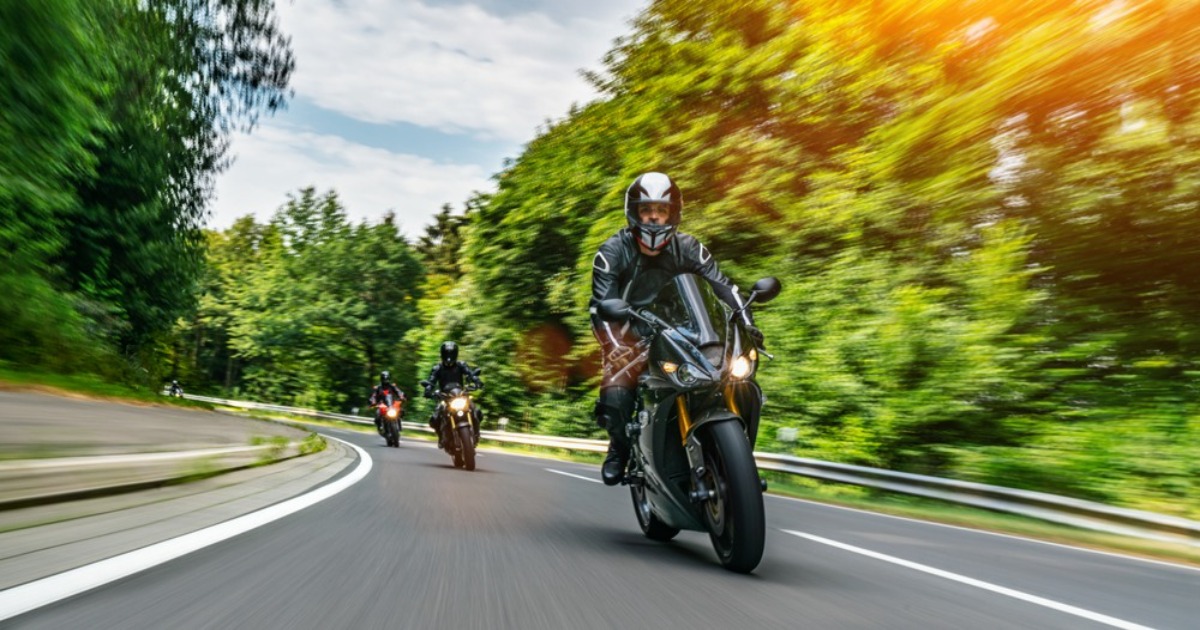. Safety Gear:
-
Helmet: Always wear a DOT-approved helmet. Helmets protect your head in the event of a crash and are a legal requirement in many places.
-
Protective Clothing: Invest in proper protective gear, including a motorcycle jacket, pants, gloves, and boots. These items should be made of durable materials, like leather or reinforced textiles, to protect against road rash and impact.
-
Eye Protection: Use a visor or safety glasses to shield your eyes from debris, wind, and insects.
-
Reflective Gear: Wear reflective clothing or accessories to increase your visibility, especially when riding at night or in low-light conditions.
2. Motorcycle Maintenance:
-
Regularly inspect your motorcycle for any mechanical issues or signs of wear. Pay attention to tire condition, brakes, lights, and fluid levels. Address any problems promptly.
-
Keep your bike well-maintained and serviced according to the manufacturer's recommendations.
3. Training:
- Consider enrolling in a motorcycle safety course. These courses teach essential riding skills, defensive strategies, and emergency maneuvers.
4. Defensive Riding:
-
Always ride defensively. Assume that other drivers may not see you and be prepared to react to sudden changes in traffic.
-
Maintain a safe following distance from other vehicles, and position yourself in a way that maximizes your visibility.
-
Use your turn signals and make sure other drivers know your intentions.
5. Road Conditions:
-
Be cautious when riding in adverse weather conditions, such as rain or fog. Reduced visibility and slippery roads can increase the risk of accidents.
-
Be especially careful when navigating curves, intersections, and areas with loose gravel or debris.
6. Avoid Distractions:
- Never use your mobile phone or engage in other distractions while riding.
7. Speed Limits:
- Adhere to speed limits and adjust your speed based on road and traffic conditions.
8. Intersections:
- Exercise extra caution when approaching intersections, as many motorcycle accidents occur in these areas.
9. Anti-lock Braking Systems (ABS):
- Consider purchasing a motorcycle with ABS, which can significantly improve braking performance and stability in emergency stops.
10. Group Riding:
- If riding in a group, maintain safe distances between bikes and use hand signals to communicate with fellow riders.
11. Defensive Riding Strategies:
-
Keep your bike visible by using headlights and reflective gear, even during the day.
-
Watch for vehicles making left turns in front of you. These are common causes of accidents.
-
Avoid riding in a car's blind spots.
-
Stay alert to road conditions and watch for hazards like potholes, gravel, and wet leaves.
12. First Aid Kit:
- Carry a basic first-aid kit with you in case of minor injuries.
13. Emergency Contacts:
- Always carry your identification, insurance, and emergency contact information with you.
14. Insurance:
- Ensure you have proper motorcycle insurance coverage, which can provide financial protection in the event of an accident.
By following these safety tips and adopting a defensive riding mindset, you can significantly reduce the risk of accidents and injuries while enjoying the freedom of riding a motorcycle. Motorcycle safety is not only a personal responsibility but also a critical aspect of sharing the road safely with other motorists.




Comments (0)